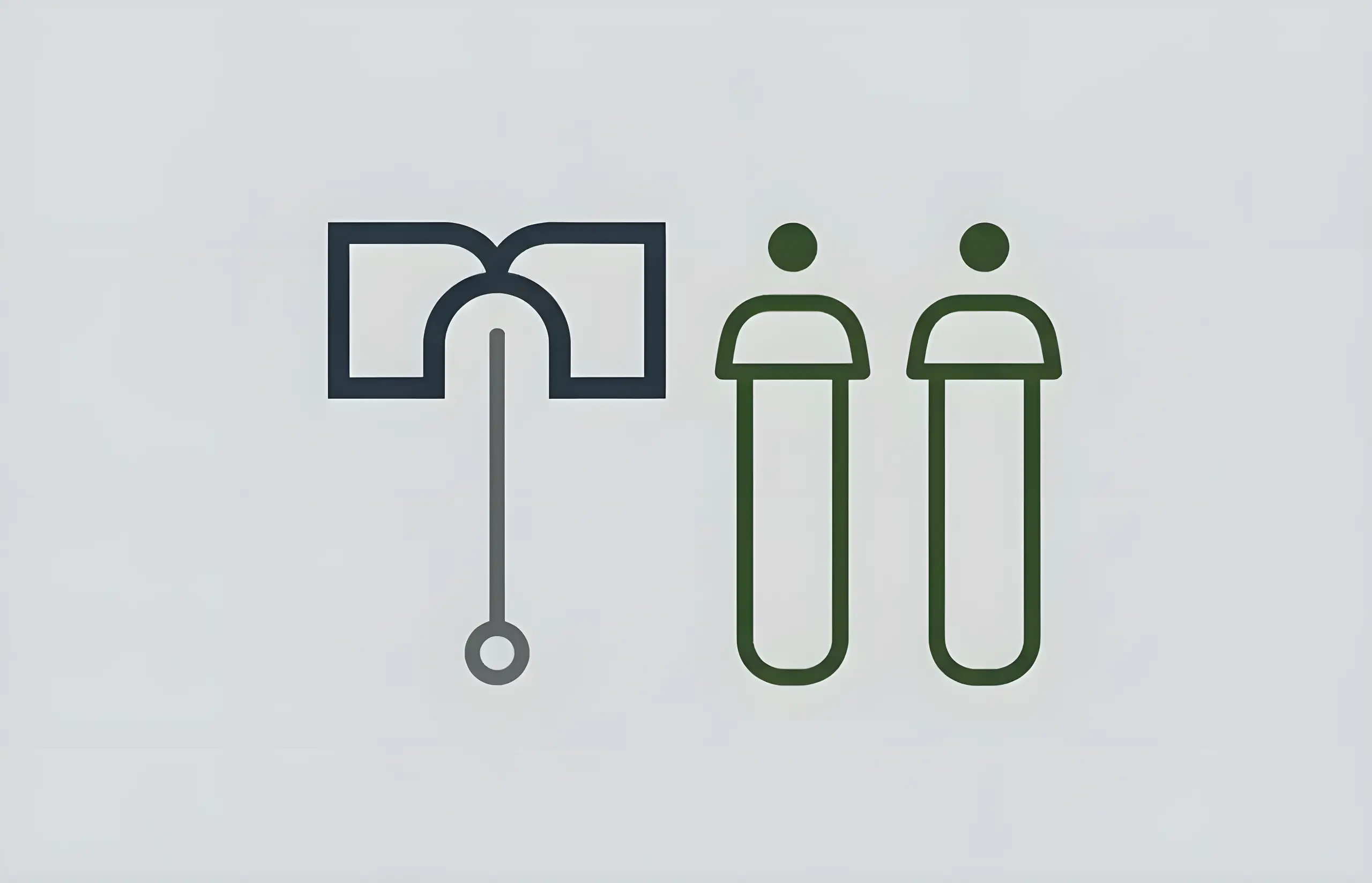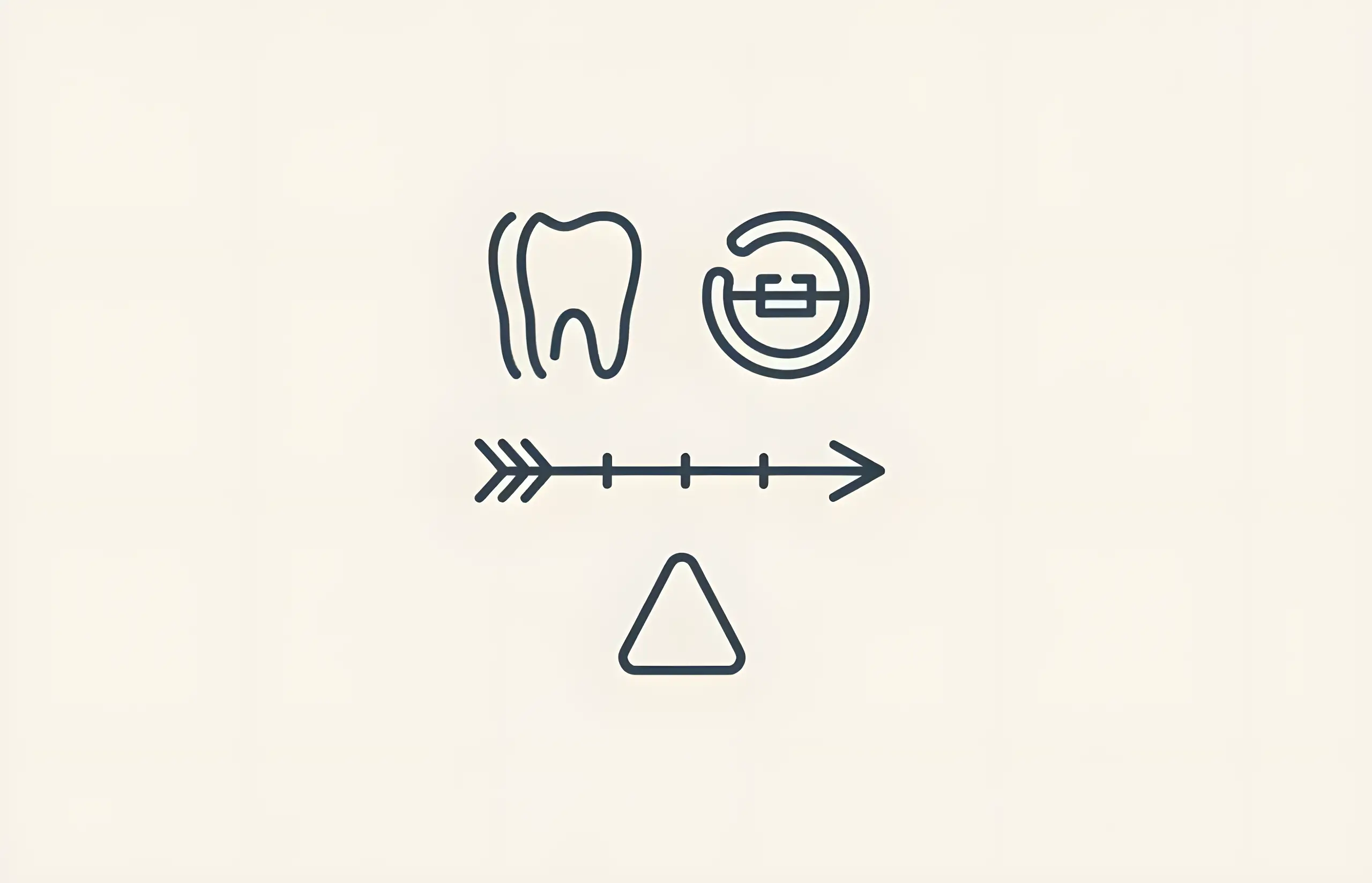Many people grow up with crooked teeth. This problem is so common that we have our children go to the dentist while still having baby teeth to assess if they will have substantial future issues.
If you have this common problem, tooth straightening surgery could be a solution. Your teeth can be crooked for several reasons. They can be uneven from genetics, habits from childhood, or facial injury.
Genetics can cause crooked teeth because if a child has parents with small or irregular jawlines, the child would have greater odds of having teeth that aren't aligned properly. It seems that we have about as much control over our jawlines as we do over our hair texture.
Habits from childhood can also affect how your teeth align in your mouth. If a child sucks their thumb, it will push their teeth out of alignment and change the jaw structure. Thumb-sucking might be cute at the time, but this habit can do a lot of damage.
Any facial injury, such as jaw or facial trauma, can cause the teeth to move around and become displaced. This kind of trauma is most responsible for severely crooked teeth. If you lose teeth due to an injury, your remaining teeth eventually migrate into those open spaces.
No matter the cause, your teeth' alignment is crucial because it directly affects your overall health. Having tooth straightening surgery to fix these issues offers a variety of benefits.
Having straight teeth can make you look younger and improve your quality of life. Smiling is a part of life, but having crooked teeth could cause both children and adults not to want to because they are ashamed of their teeth.
What Does Tooth Straightening Surgery Involve?
Teeth straightening surgery involves knowing how extensive your surgery will be if you need braces before or after surgery, anesthesia, and cost.
There are a couple of types of surgery to straighten teeth. One type is a surgery to straighten your teeth that involves local anesthesia and rearranging the gums and bones that secure the teeth. It is usually cosmetic and a simple form of surgery.
Another type is orthognathic surgery, and it is usually a medical necessity. If your teeth are crooked from your jaw's misalignment, you might need to have orthognathic surgery. This is jaw surgery to fix any deformities and realign your jaw. Orthognathic surgery has to be done in a hospital by a surgeon and usually involves surgical plates, screws, or wires. You might need to stay a couple of nights in the hospital for monitoring, and recovery time takes about six weeks at home.
Surgery is just one stage of treatment, and you might need to wear braces before or after, but it's usually less time than braces alone.
Surgery for a simple tooth fix usually costs a few thousand pounds but the more extensive and complicated the surgery, the more costly. The cost doesn't stop at the surgery; braces might be necessary after the surgery to keep the teeth in place and then possible retainers.
What Can Teeth Straightening Surgery Fix?
Crooked teeth can make things more than just socially tricky; it can make it harder to clean your teeth, resulting in gum disease that could lead to teeth loss.
Ideally, your teeth would fit easily in your mouth without crowding. The teeth of your upper jaw should fit nicely in the teeth of the lower. The ridges of your molars should fit evenly in the grooves of the opposite molar.
If you have just a few crooked teeth, there are other less invasive solutions than surgery. Tooth straightening surgery is best for people who need their teeth moved, who have jaw misalignment and have also stopped growing. Tooth straightening surgery might seem extreme, but there are benefits like having to wear braces for a shorter time and can fix problems like malocclusion of teeth.
Malocclusion of teeth is a misalignment problem that can lead to serious oral health problems. These can include overbite, underbite, crossbite, crowded teeth, and open bite. These problems could inhibit proper function if they are misaligned.
Tooth straightening surgery can also fix functional problems related to jaw misalignment. These problems could include trouble speaking, chewing, sleep apnea, and headaches from misalignment.
Straightening your teeth would improve speaking and chewing because the teeth would be moved into the correct positions for proper function. Having proper alignment is crucial because it prevents the cheeks and lips from being bitten while talking and also helps with overlap, so you are better able to chew your food thoroughly and have better digestion.
Sleep apnea is a condition that affects both children and adults. It is an interruption in breathing while you sleep and can last anywhere from a few seconds to a few minutes. Not breathing for minutes at a time can be problematic, and tooth straightening surgery can be a solution.
This surgery could also fix headaches that are from misalignment. Clenching the jaw when it is in the wrong position can cause tension. If that tension builds up, over time, it can cause severe headaches and even migraines. By fixing the alignment, you would prevent that from happening.
Alternatives to Tooth Straightening Surgery
Braces are a traditional way of moving around your teeth to improve the way they look and function. They work by slowly putting pressure on the teeth to move them in the right direction.
After the pressure starts to work, the jaw's bone allows the teeth' roots to move into place. Braces alone won't fix severe jaw misalignment, and that is when you might have to have surgery or consider another option.
There are devices that you can use at home that work together with braces. They help encourage the bone remodeling that is needed to arrange your teeth correctly. The device works by applying pressure to the teeth alongside the force of the braces. The teeth can align more quickly, so you don't have to wear the braces as long or have surgery.
Talk to your orthodontist about alternatives to tooth straightening surgery, as you need an orthodontists approval for devices such as this.
Sources and References
-
[1]
Orthognathic Surgery: General ConsiderationsSeminars in Plastic Surgeryhttps://pmc.ncbi.nlm.nih.gov/articles/PMC3805731/
-
[2]
Who needs surgical-orthodontic treatment?International Journal of Adult Orthodontics and Orthognathic Surgeryhttps://pubmed.ncbi.nlm.nih.gov/2074379/
-
[3]
Combined orthodontic and orthognathic surgical treatment for the correction of skeletal anterior open-bite malocclusion: a systematic review on vertical stabilityJournal of Oral and Maxillofacial Surgeryhttps://pubmed.ncbi.nlm.nih.gov/22695022/
-
[4]
An overview of surgery-first orthognathic approach: History, indications and limitations, protocols, and dentoskeletal stabilityDental Research Journalhttps://pmc.ncbi.nlm.nih.gov/articles/PMC8351934/
All sources accessed and verified on . Medical information reviewed for accuracy and compliance with current guidelines.
Related Articles

How Much Do Adult Braces Cost?
Comprehensive Cost Analysis (£1,500-£10,000 Range, 59% Out-of-Pocket, 6.31 Months Shorter with Aligners)

A Guide to Dental Braces for Kids
Comprehensive information about orthodontic braces for children and teenagers, including types of braces, treatment duration, costs, and oral care during treatment

How Long Do Braces Take to Straighten Teeth?
Understanding orthodontic treatment duration, factors affecting treatment time, and what to expect during the braces process
About The Dental Guide
The Dental Guide is a trusted online resource providing evidence-based information about dental health, treatments, and procedures. Our content is created and reviewed by qualified dental professionals to help you make informed decisions about your oral health.
Our Mission
- Evidence-based dental information
- Expert-reviewed content
- Clear, accessible explanations
- Latest treatment options
- Patient-focused guidance
Editorial Standards
- GDC-registered dental professionals
- Peer-reviewed sources
- Regular content updates
- Medical accuracy verification
- Transparent authorship
Important Notice
The information on The Dental Guide is for educational purposes only and should not replace professional dental advice. Always consult with a qualified dentist for diagnosis and treatment recommendations tailored to your individual needs and circumstances.
Medically Reviewed
Reviewed by Dr. Nasim Mechoui , BDS (Bristol)
Share this article
Comments & Discussion
Have questions about dental implants? Share your thoughts or experiences.
